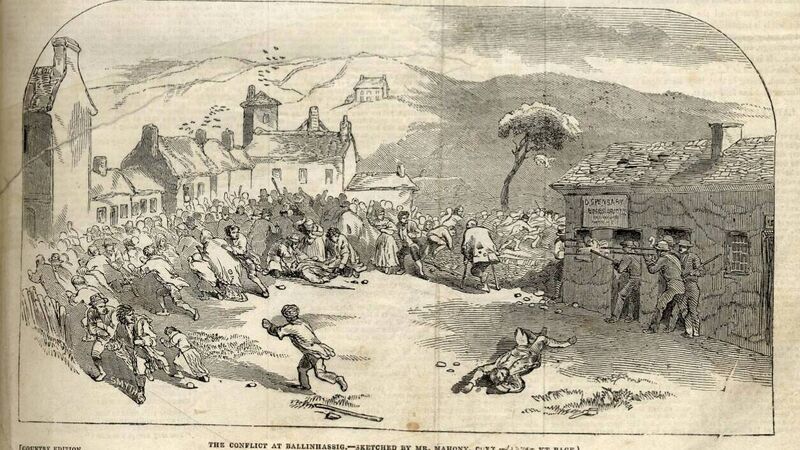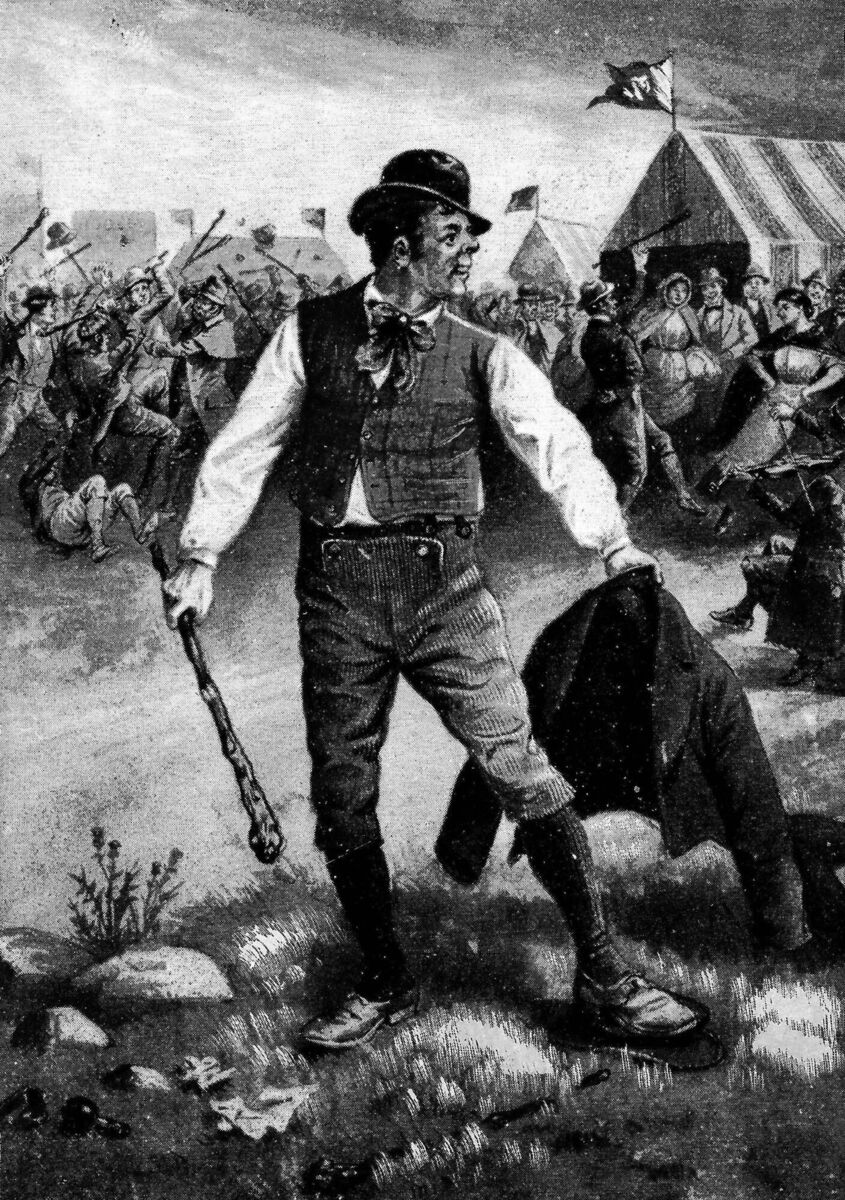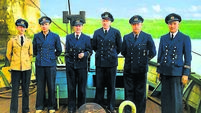11 killed in Cork faction fight slaughter... RIC used up ammo and fired BUTTONS

CARNAGE: An illustration of the massacre in Ballinhassig in June, 1845, with police shooting at villagers from the Dispensary
FOR more than a century, the annual June Fair had attracted hordes of visitors to the Cork village of Ballinhassig.

He also provided an interesting description of the geography and topography of the scene of the carnage.
“About eight miles south of Cork city lies the little village of Ballinhassig, nestling between the ‘Slumbering Owenabue’ and an eminence called the Mountain, under which the Cork and Bandon railway passes.
“On the off side of the river from the village, a battle was fought in 1600 between the English Invaders and the National Forces under Florence McCarthy. Close by is a glen remarkable for peculiar lights which have often been seen there, and the origin of which is not, I believe, known.
“The aspect of the glen is desolate and barren, a small green field set among brakes, marks a disused graveyard, and a rivulet trickling in the hollow is called in Gaelic the ‘Stream of Lights’. In 1845, Ballinhassig was a busy centre. It had a mill which annually turned out as many as 7,000 barrels of flour.” ****** The outraged reaction to the 1845 massacre drew attention to the issue of faction fights at a time when public distaste for them was becoming more apparent. Their popularity dwindled, and the last recorded one took place at Cappawhite, Co. Tipperary, in 1887, according to the author Lorna Peel.
Would it be fair to say that faction fighting is in the DNA of hurling?







